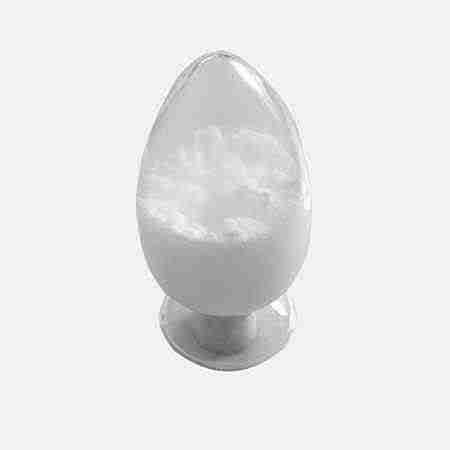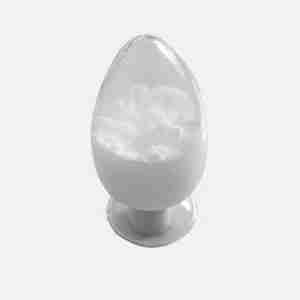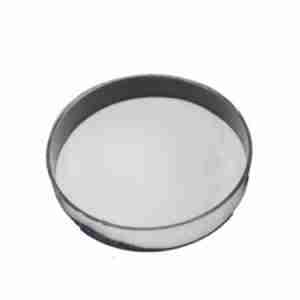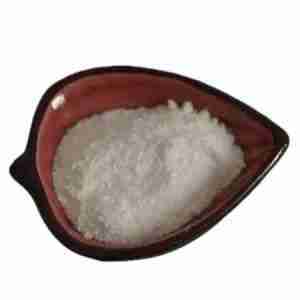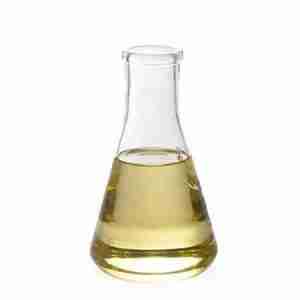Microcrystalline cellulose Typical Properties
Item
Technical data
Appearance
White or almost white,fine or granular powder.
Identification A
Conform
Identification B
The degree of Polymerization≤350
Granulometry
Remains 60mesh≤1% Remains 200mesh≤30%
Conductivity
≤75us/cm
PH value
5.0-7.5
Loss on drying
≤7.0%
Residue on ignition
≤0.10%
Water Soluble Substances
≤0.25%
Ether-Soluble Substances
≤0.05%
Heavy metal
≤0.001%
Microbial limits
TAMC
≤1000cfu/g
TYMC
≤100cfu/g
Escherichia coli
Absent
Salmonella species
Absent
Staphylococcus aureus
Absent
Pseudomonas aeruginosa
Absent
What are microcrystalline cellulose particles?
Microcrystalline cellulose particles are a type of cellulose that achieves a balanced degree of polymerization through chemical degradation and mechanical separation. It has a porous structure and a high density, reaching 1.539-1.545 g / cm3, which is similar to the crystalline density of cellulose.
Microcrystalline cellulose Usage
Filter aids: anti-caking agents, binders; compatibilizers; disintegrating agents; dispersing agents; tissue improvers; thickeners; water treatment agents. EEC regulations are used for beer purification. GB 2760-96 is specified as a processing aid.
Suitable for textile, clothing, brewing, food, paper and other industries.
As anti-caking agent, our country can be used for powder essence, the maximum usage is 50g / kg; can also be used for ice cream, the maximum usage is 40g.kg; can also be used for cream and vegetable fat powder, the maximum usage is 20.0g / kg.
Microcrystalline cellulose Packaging and Shipping
25kg/plastic bag
Microcrystalline cellulose Storage
Clean and ventilated environment

